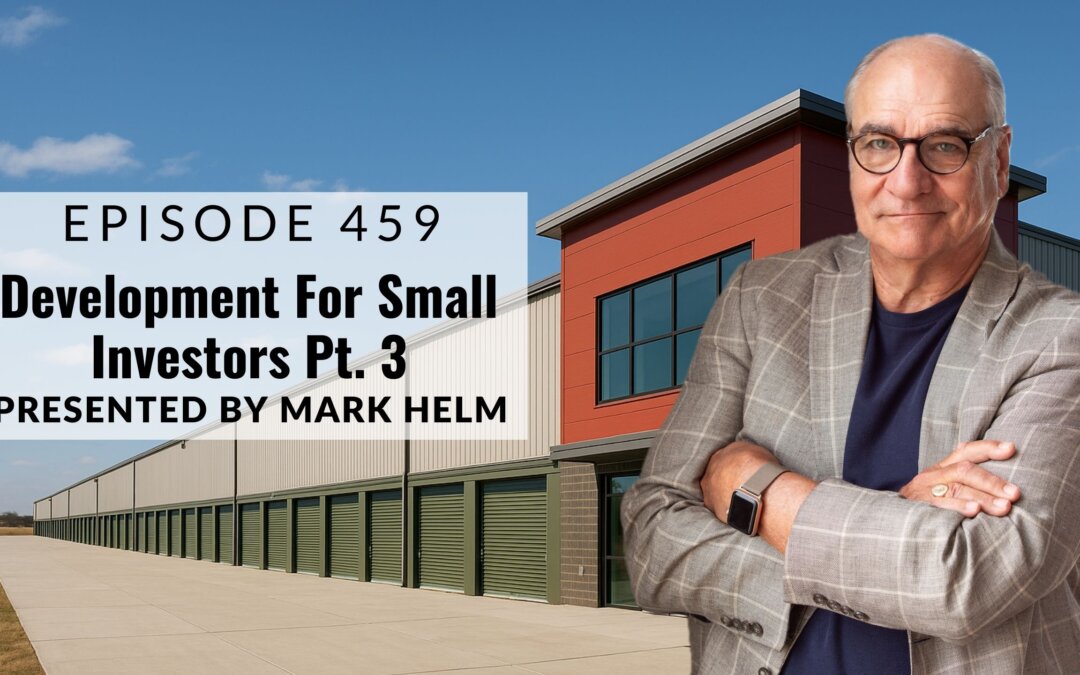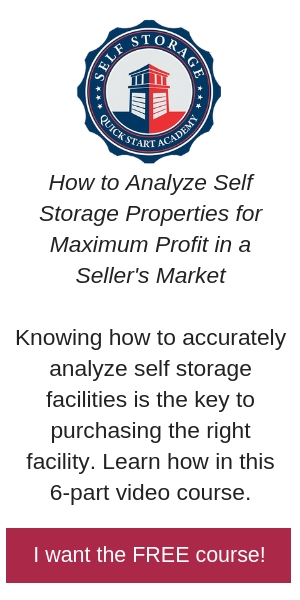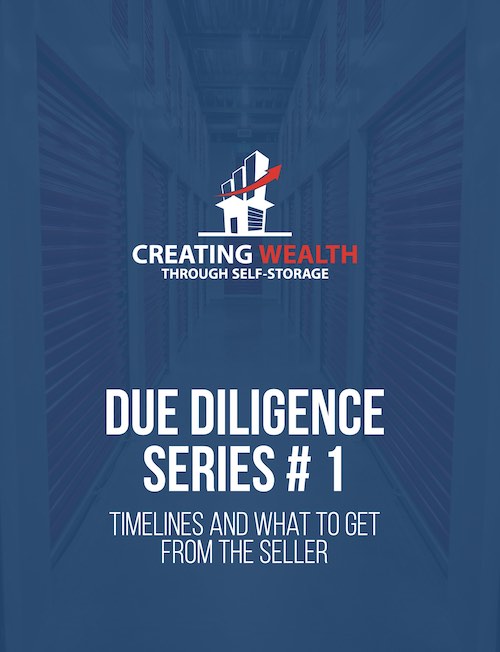Two weeks ago, we began a series outlining the five phases our construction company uses when developing self-storage projects in today’s unpredictable environment. This is the same process we use ourselves—and you can use it too, especially if you’re doing a solo project.
The goal of this series is simple: to bring a development, expansion, or conversion project to the finish line in a way that actually pencils out—despite current interest rates, material costs, and labor challenges.
What makes this process effective is the owner’s active involvement in decisions and, if using a general contractor, full transparency.
If you haven’t seen the first two parts of the series, you can catch up here:
Week One’s Episode | Week Two’s Episode
We’ve already covered the first four phases. Here’s a recap of the structure:
Our Five Stages Of Self Storage Development
- Due Diligence / Planning & Development
- Analyze land
- Preliminary layout
- Proforma
- LOI / Contract
- Feasibility report
- Understand codes / approval process
- Development / Project Approval
- Survey
- Site plan
- Submit for development / project approval
- Construction
- Finalize biddable construction plans
- Perform value engineering
- Review final plans, budget, and schedule
- Obtain site disturbance and building permits
- Construction Administration & Completion
- Construction management
- Handle deferred submittals
- Optimize unit numbering
- Conduct walkthrough and obtain Certificate of Occupancy
- Setting Up Operations
In this episode, we will cover the last phase of the process and list the biggest mistakes we see people making today.
Phase 5 – Setting Up Operations
It might sound odd, but we don’t consider a project complete until the operational foundation is in place. Whether we’re building for ourselves or for a client, our decisions from day one are guided by one purpose: making sure the facility will operate successfully.
Nothing in self-storage is evolving faster than operations. So, depending on when you’re reading or watching this, parts of what I’m saying may already be outdated. My approach six months ago was different than today—and will probably be different again six months from now.
That’s why I attend industry events hosted by ISS and SSA annually—to stay current.
Here’s how we break down Phase 5:
-
-
-
- Operating and Point Of Sale Software
- Web Site
- Online Marketing
- Training
- Revenue Strategies
-
-
Operating and Point of Sale Software
Today’s software options are much more robust than when I started. Most platforms offer everything from facility management to website development, payment processing, SEO, and even online marketing.
Almost all of the operational software options out there are good. What I use may not be the one you should use. I tell clients to have the companies that produce them demo their software one-on-one with you. Then, make a decision about which way to go based on what you think meets your needs the best.
Today, unlike when I started, these companies have brought a lot of other options in-house besides just the operations software. In other words, you can have them design your website, have the operational software with them, be the point of sale and inventory tracking software, handle the credit card charges, and be the credit card processing company, the SEO provider, and the online marketing provider as well.
For many people, this is the direction they choose to take. For some, it works great.
I go a different route. I like to think (rightly or wrongly) that I use top-of-class vendors for each service needed. I doubt that one company usually provides this for all the aspects of running a storage facility.
Call me a dinosaur, but I still like the quality and organization of the Site Link Reports. But that’s just me.
Whichever system you choose, make sure:
-
-
-
-
-
- Your ops software is integrated with your website, security, and billing systems.
- Customers can rent, pay, and manage their units online—without needing to talk to anyone (if they choose).
- The gate and security systems connect with the management software, cutting off access if a bill isn’t paid.
-
-
-
-
We help clients choose software based on their specific goals, team, and size.
Website
For years, I recommended templated websites provided by the big software companies—they were integrated, fast, and easy.
The reason was simple. All of these websites already had integrations with the operations software and industry security and gates systems in the software. The websites are templated, easy to get online, and, depending on what your operations software was, are integrated fairly well.
Today, I am going a different route for our company.
We’re using a consultant who custom-builds templates and has backend access to most major ops platforms. He also designs our chatbots and AI systems, helping us integrate virtual assistants, chatbot support, and automated email drip campaigns.
This route gives us more control over the customer experience (I think). We’ll see how it goes.
It may not be right for you. Again, we make client-specific recommendations based on what works for their business.
Online Marketing
Online marketing is not optional—it’s essential.
The customer experience begins when they go online and search for self-storage. How you show up then, all the way through finding your facility, moving in, their stay with you, and their move out, should be a positive experience.
I’ve spent years studying what works and doesn’t from other industries. We now use a marketing consultant for this part of our business as well.
If you’re not handling this yourself, make sure you’ve got someone good. In my experience, it’s rarely the website provider.
You can watch my evolution on this topic over the last seven years on my YouTube channel or on the blog section of CreatingWealthThroughSelfStorage.com.
Training
Training is critical—for you and your staff.
If you’re new, I suggest taking the SSA’s Self Storage Manager Certification as a starting point.
Even if you’re building automated facilities, your boots-on-the-ground team needs training.
The biggest mistake I see? Owners rely too heavily on a manager or a third-party management company without understanding how the business should run.
Start with training. Build your business on systems and procedures—not personalities.
Need a place to begin? Check out my blog post on the Five Key Performance Indicators I use to run facilities.
Revenue Strategies
Your pricing strategy should be based on:
-
-
-
-
- The project’s location
- Competitive positioning
- Your goals as an owner
-
-
-
I’ve talked a lot about my changing views on dynamic pricing. Whether you love it or hate it, it’s a tool—and should be evaluated.
You can also use upgrade pricing based on unit location and visibility.
Just don’t fall into the trap of setting prices once and never adjusting. That’s leaving money on the table.
There are different revenue strategy options out there that should be considered. These are part of what we call Setting Up Operations.
Biggest Mistakes I See Small Owner-Operators Make in Construction
-
-
- Not Working With A Self-Storage Builder Or Consultant From The Start: This may sound self-serving, but that is not my intention. Many jump in with an architect or engineer without fully understanding the costs or feasibility.
-
They spend too much in pre-development—and either the deal doesn’t pencil, or they move forward anyway because they’re financially committed.
If you are not sure where to start, call someone or a consultant. Call us if you have no idea where to start.
-
-
- Not Focusing On The Customer Experience From The Start Of The Project: From Phase 1 all the way through Phase 5, the customer experience should be the driving force for most of the decision-making, both in construction and operations. How the customer experiences finding you online, coming to the facility, renting, getting to their unit, opening the door, paying their bill, moving out, and giving referrals, every decision should be made with the customer’s experience in mind.
-
In our company, we have an “avatar” decision-making process. This is a made-up fictitious woman in her 50s as we make our decisions. How would she react to whatever decision we are making? This starts from the very beginning, and most construction companies and owners we work with do not take this into consideration.
-
-
- Underestimating Regulatory Timelines: It may just be me or us, but ever since COVID, it seems that anywhere we go, the approval process is taking longer. In recent years, in our experience in Florida, for example, it occurs that the employees responsible for working through the issues on our submittals have developed the skill of not being able to speak to them to a fine art.
-
In many counties, we are required to submit online before we can talk to anyone, even if we can never talk to them at all. We then get pages and pages of comments to respond to.
Anyway, I am just whining here, but it seems in the past few years, it just takes longer and longer to get approvals. I am using at least a year now to get approvals, even for expansions, in Proformas. Often longer.
-
-
- Not Keeping The Projects Basic: There are some storage projects where it is appropriate to design and build expensively. A 135,000 square foot five-story storage project in Miami Dade County with retail on the first floor, for example.
-
Most of us smaller owners/operators are not building that. Our premise from the very start is to keep projects as basic as we can, then add architectural features as required to get approvals (if the projects can still be financially viable).
We work with clients to help figure out what technology to add to streamline operations, enhance the customer experience, and create a return on investment. Much of what we ultimately recommend is based on the client, their storage business strategy, the trade area, and the demographic that makes up the customer base.
Cost can get out of hand fast if this is not watched very closely.
Conclusion
I hope this series has been helpful.
If you’re not sure where to start, don’t just hire an architect—call someone with self-storage experience first. You’re welcome to use this five-phase outline and adapt it to your strengths.
Self-storage is a fantastic business. But in today’s market, cost control is everything.



